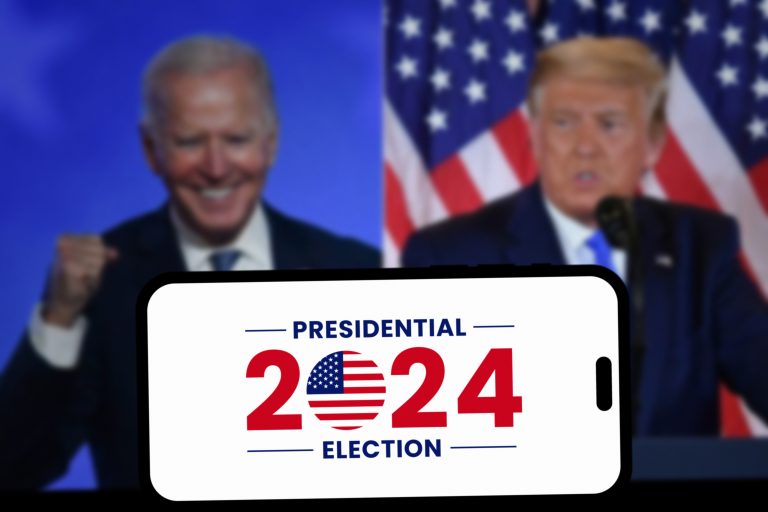No matter your age, occupation, or level of life experience, we all struggle with limiting beliefs. It’s a universal struggle. A limiting belief can be described as a misunderstanding of the present that shortchanges our future. These might be assumptions we hold about the world, about other people, or maybe, the most constraining of all, limiting beliefs about ourselves.
Limiting beliefs are developed from previous setbacks or failures we’ve experienced. Other beliefs are fueled by the news media, or even social media. And still others come from negative relationships, ranging from friends and coworkers to family and faith communities.
Whatever the beliefs are, or wherever they come from, you don’t have to be permanently constrained by them.
You can replace those limiting beliefs with liberating truths!
Here are six steps to help you do that.
- Recognize the limiting belief. If a belief reflects black-and-white thinking, it might be a limiting belief. Maybe it’s coming from past work experiences or a relationship. No matter the belief or how true it feels, it’s critical to recognize it’s just an opinion about reality—and it’s most likely wrong.
- Record the belief. This belief might be something like, “I always procrastinate,” or, “I’m not good with money,” or even, “I’m not very disciplined.” We all have our own challenges, so it could be anything. Externalized your thoughts by writing down the belief word for word. You’re then free to evaluate it for accuracy and truth.
- Review the belief. Is this belief helping you to achieve the outcomes you want, or is it holding you back? Does it empower you or does it drain you and make you fearful? Try looking at things objectively and be honest. Your own honest evaluation of your externalized belief is the key to freedom.
- Reject or reframe the belief. If a limiting belief is false, you can reject it. Sometimes it’s a direct swap, like going from “I don’t have the energy to exercise” to “I do have the energy to exercise.” However, most times, the reframing of a belief requires more. Most limiting beliefs often have a seed of truth, but you don’t have to surrender to a limiting belief. You can rewrite the narrative. Perhaps you think, I’m not creative. You could just accept that and stall out. Or you could reframe it like this: “I’m not a creative person, but I can always collaborate with someone who is.”
- Revise the belief. This isn’t just about simple affirmations. It’s about reorienting your thinking around a new and liberating truth. For example, you might think, I don’t have the exact experience necessary for that job. Instead you can say, “I have different experiences that will make me a more unique candidate.” The old thinking holds you back, but now you have a foothold for real progress. Be sure to write down the revised belief.
- Reorient yourself to the new belief. Begin living into the narrative of this new, liberating truth. You might not fully buy into it. It might even feel like you’re faking it. That’s fine, even normal. If you keep telling yourself this liberating truth, over time you’ll feel more comfortable in it.










